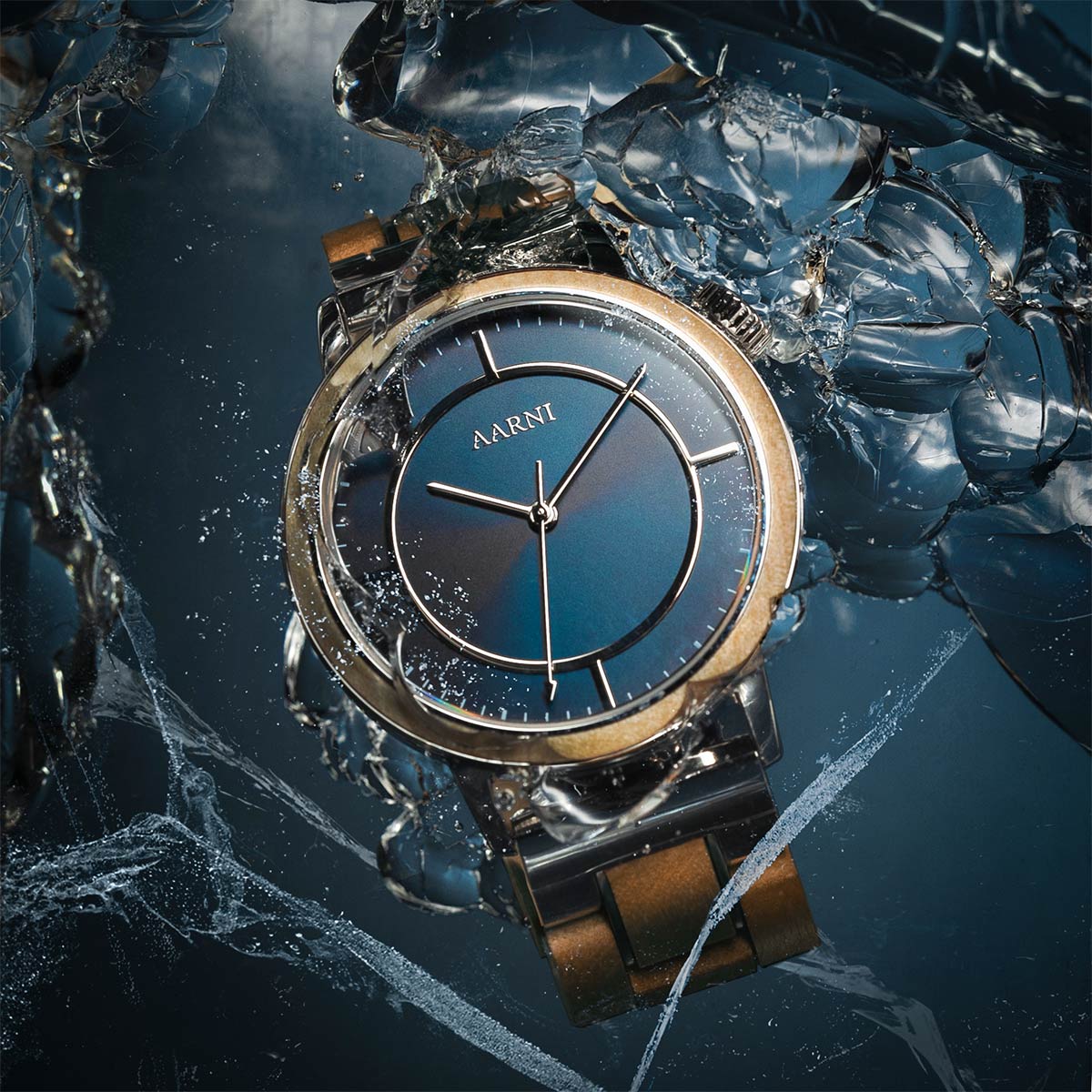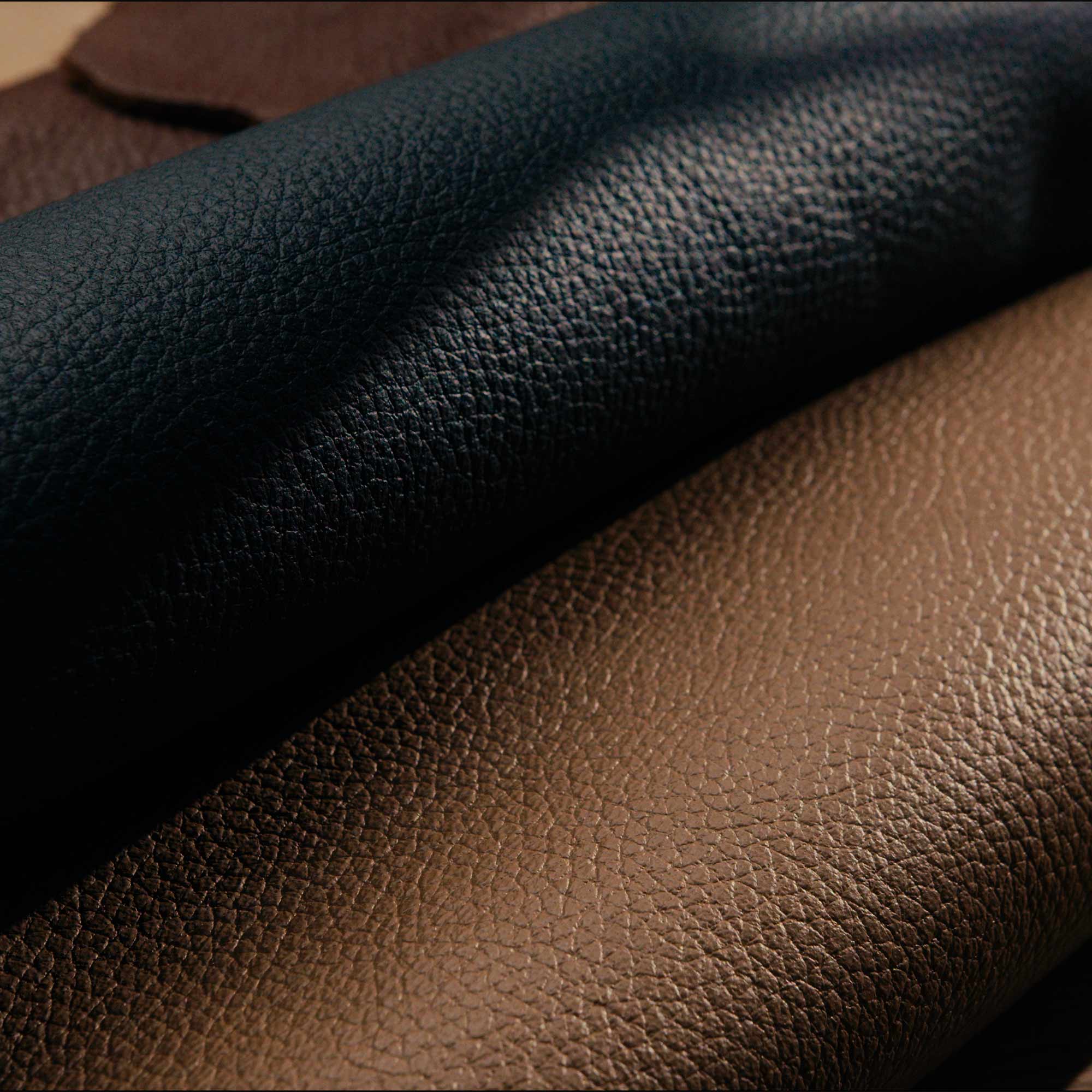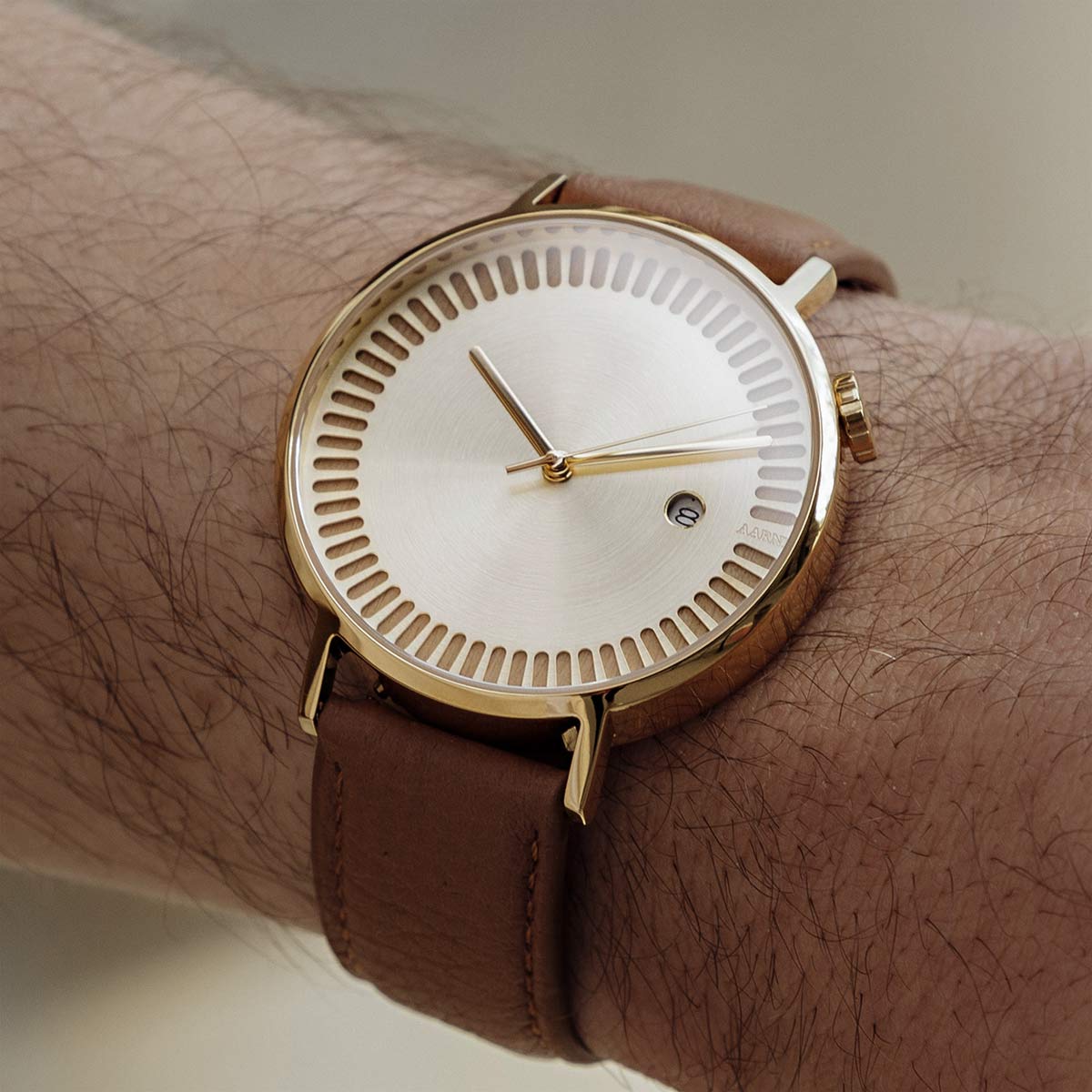Water Resistance of the Watch Explained
Water resistant, water-proof, 3 ATM, 10 ATM – What does water resistance really mean?
Water-resistant, waterproof. Almost every watch is said to be water-resistant. Some even claim to be waterproof. But what do these terms really mean?
The water protection of the watch can be expressed with a rating system called atmospheric pressure (ATM) or an equivalent depth meter reading. For example, the reading “3 ATM” corresponds to water protection up to a depth of 30 meters. In practice, 5 ATM watches are at least splash proof, 10 ATM are waterproof watches and suitable for swimming, and 20 ATM waterproof watches for scuba diving.
Watches with a rating of 100 M, 10 bar and 10 ATM correspond in terms of water resistance, ie they are practically the same thing.
Water resistance is not an eternal quality. Over time, the seals can dry out, harden and become brittle. The heat also affects the seals. Even if the watch is waterproof, it should not be used in a bathtub or sauna. Moisture may condense inside the watch if it is exposed to wide fluctuations in temperature and humidity.

Waterproof ratings
- No marking, not waterproof = the watch must also be protected from splash water, it must not get wet.
- 3 ATM = limited waterproof, splash-proof: The watch is protected from splashes such as rain, must not be immersed in water, and must not be used in swimming or sauna.
- 5 ATM = limited waterproof: The watch can be used in humid conditions, eg in surface water. In principle, you can swim, but it is not recommended. Can be worn in a shower.
- 10 ATM = waterproof: suitable for surface swimming and snorkeling, not scuba diving.
- 20 ATM = special waterproof: suitable for scuba diving. However, the watch should not be used at depths where mixed gases such as helium are used.
- 30 ATM = special waterproof: suitable for deep diving and professional diving use.
The design of Aarni’s watches ensures that the watch’s mechanism and interior are well protected from splash water and dust (3 ATM and 5 ATM). There is no need to worry about water contact in daily use. Just remember to take the watch off your wrist for a swim or sauna.









